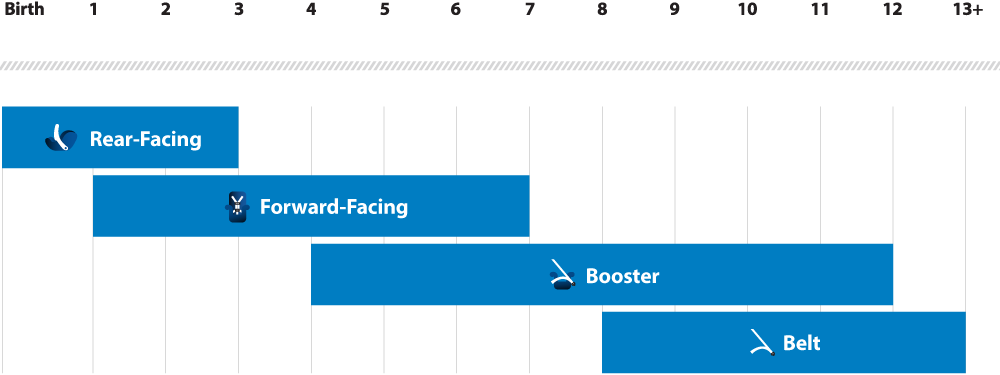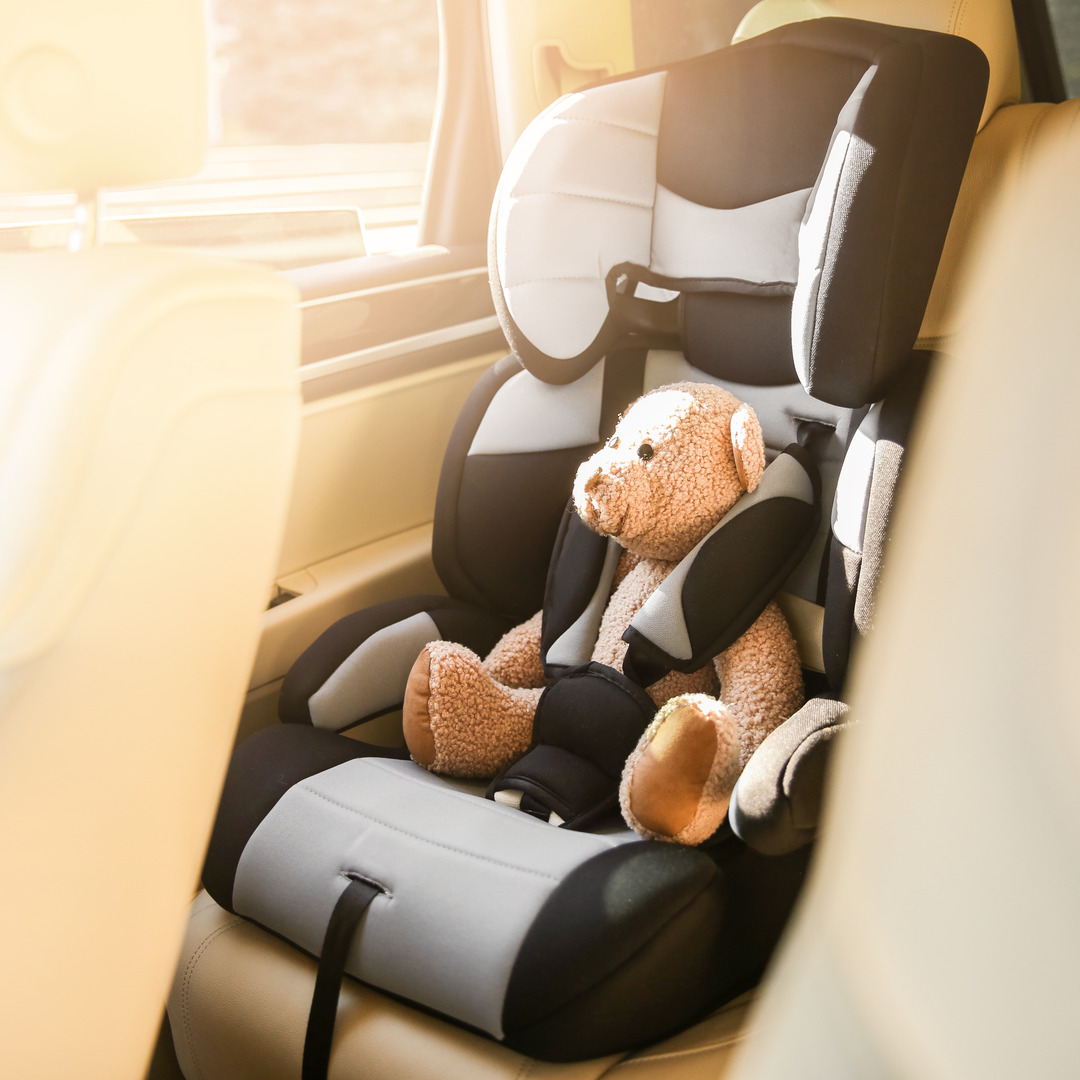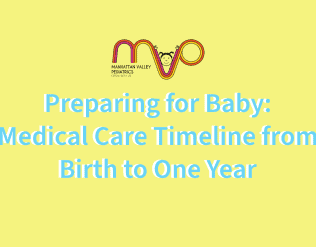Infant and Toddlers Car Seats and Air Bags: What You Need to Know
Unfortunately, car accidents are a leading cause of injury and death in children each year. One of the most important ways to protect your children in a car is by properly buckling them into an appropriate car seat. Not only is it the right thing to do for your child, it is also a law throughout the United States.
In order to best protect your children, it is crucial to make sure you pick a seat that is right for them.
DIFFERENT TYPES OF CAR SEATS
- Infant Car Seats – newborn to around 30 pounds (Depending on manufacturer)
Infant car seats are only suitable for newborns and smaller infants. They are designed to best protect your baby until they are around 30 pounds, depending on the chair. They are always installed with your baby’s face facing the rear of the car. The reversed seating position cradles your baby’s torso, neck and head in the event of an accident. Younger babies have less neck strength and therefore need a lot of neck support in the event of an accident.
Experts recommend that infants and toddlers should remain in rear facing seats until they exceed the height and weight limits stated by the manufacturer of the seat. They should remain in rear facing seats until they exceed these limits regardless of their age. Smaller children can sometimes stay in rear facing seats until the age of 4.
Infant seats may seem really convenient, but don’t let your baby sit in one longer than is necessary. These seats can be restrictive and limit a baby’s movement when they are not in the car. Too much time in a car seat can limit a baby’s movement and opportunities for stimulation, which are important for developing sensory and motor skills.
- Convertible Car Seats – newborn to around 40 pounds facing backwards, 40 pounds to around 80 pounds facing forwards (Depending on manufacturer)
Although the name may make it sound like it, convertible car seats aren’t for your thrill-seeking babies who love to ride around with the top down, but instead are built to face both forward and backwards, depending on your child’s height and weight. They start off facing rearwards, until your baby is ready to face forward. They can be easily “converted” into a front facing seat as soon as the stated limits are reached.
Generally, convertible car seats are a lot heavier and less portable than traditional car seats, but can be a great option for larger babies that still need to face rearwards. It is important to keep in mind that due to their larger size, smaller children may not fit as well. Make sure your child fits correctly at the time you buy the seat. It is far better to ensure your child’s safety now at the price of having to get a second car seat later on.
- Forward facing car seats – 20 to around 80 pounds (Depending on manufacturer)
Forward facing car seats should be used for kids who have outgrown their rear facing seats height or weight limit. Forward facing seats should have a full harness that properly secures your child in the seat.
Only when the height or weight limit of the forward facing seat is exceeded is it safe to transition your child to a booster seat that makes use of the car’s adult seat belts.
This image may help you figure out which seat is appropriate for your child. Also check out this link for some useful information.

Things to keep in mind when purchasing a car seat
- Make sure the seat you purchase meets or exceeds Federal Motor Vehicle Safety Standard 213.
- Learn about how to install your child’s car seat before your first drive. Watch a video on installation or carefully read the manual to get a solid understanding.
- Be very careful when using a second hand car seat. They can sometimes have structural damage that is not visible. Be sure to thoroughly inspect the seat, check for an expiration date or any product recalls, and be wary of any visible scratches or tears. If you are unsure about a seat, it is always best to be safe and find a newer model.
- Fill out a product registration form to be informed in the case of any product recalls.
Let’s talk about Airbags
An airbag is a safety device fitted inside a road vehicle, consisting of a cushion designed to inflate rapidly in the event of a collision and positioned to protect passengers from being flung against the vehicle’s structure. When used in combination with seat belts, airbags can protect adults and teenagers from injury in the event of an accident. They have saved many lives and prevented serious injury, but they are extremely dangerous in their own right. Airbags were designed with adults in mind, they open at up to 200 miles per hour using a small explosive charge. Here’s how to protect your child from airbags:
- Never place a rear-facing car seat in the front seat of a vehicle.
- All children below the height of four feet nine inches or below the age of thirteen should ride in the backseat.
- Legally, teenagers above the age of thirteen can ride in the front, but they should use a booster seat if they are below the height requirement
There is a lot of confusing and conflicting information out there about car seats and automobile safety. Please feel free to reach out to MVP if you have any questions regarding this important topic.
SAFE TRAVELS!




